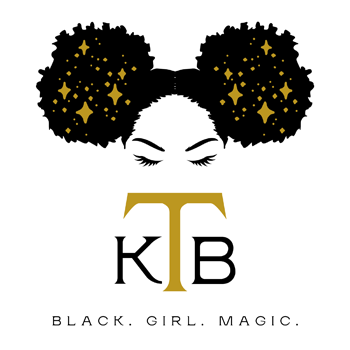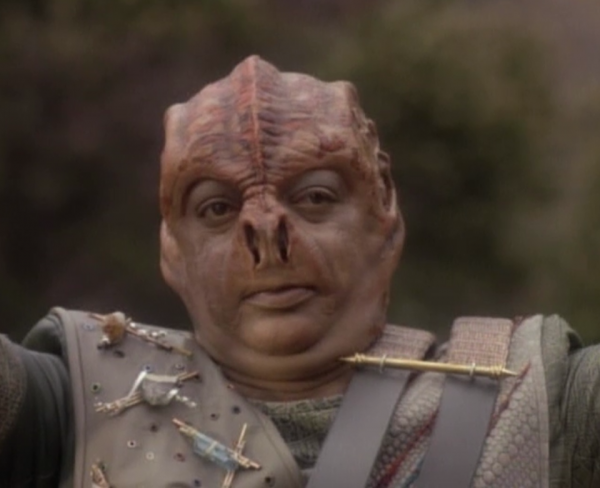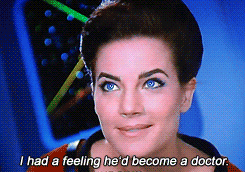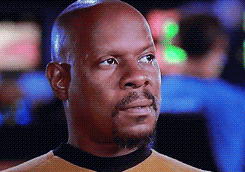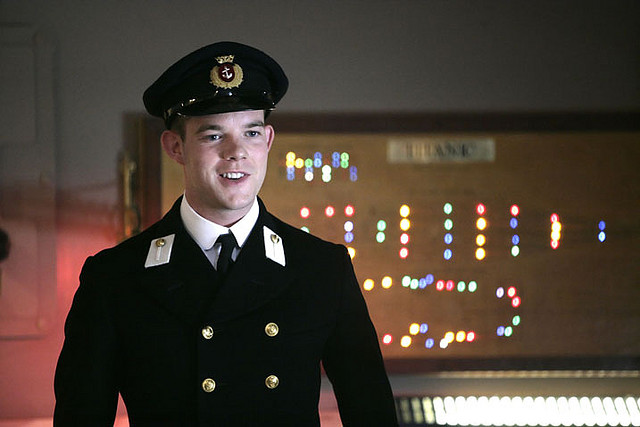There’s a fun irony in the fallout from the Sad Puppies/Rabid Puppies Hugo thing.
There are now over 8,000 members of Sasquan (WorldCon). The con gained over 2,600 supporting memberships since March 31st of this year and about 350 attending memberships. I think it can be safely assumed that several of the 1,948 people who bought supporting memberships before March 31st were slate voters and GamerGators. Not a majority, perhaps, but a sizable chunk. And some of the post-March 31st folks might be puppy supporters. However, I’m fairly sure that an overwhelming majority of these new members are anti-slate or anti-puppy.
That’s thousands of people who don’t think that diversity is a dirty word, who don’t consider the larger number of women and authors of color on previous year’s ballots to be affirmative action or diversity for the sake of diversity or political correctness gone wrong.
That’s thousands of people eligible to nominate for next year’s Hugos, and with a big incentive to do so.
Uh oh. *giggle*
Let’s back this up. Back in 2007 when the list of Hugo nominees came out, folks quickly noticed a problem with them: almost every single nom in the literature categories went to white men. The only woman to be nominated for a work of fiction was Naomi Novik. The other woman nominated in a non-media/fan category was Julie Phillips for her Tiptree biography in Related Works. The only person on the list who identifies as POC1 is Samuel R Delany, nominated in Related Works for his book About Writing.
This was cause for much discussion. Not only about the Hugos, also about the deeper issues is SF/F publishing that led to a nearly all white male Hugo ballot that year. There was a wide-ranging discussion of gender bias in publishing as well as conversations about the lack of racial diversity that simmered for a couple of years before becoming RaceFail09.
I participated in a lot of the conversations, and one of the things I remember very clearly was that many people felt the solution was to get more lovers of SF/F actively involved in Hugo voting. Those who couldn’t go to WorldCon were encouraged to buy supporting memberships. There was even talk of attempting to establish a fund for people who couldn’t afford the $40 or $50 for supporting memberships, though I think it was scrapped because certain people said it would be buying votes and soooo wrong2. Still, the solution was always presented as: there are amazing works of fiction by women and authors of color out there that deserve recognition from this award, so let’s get more people voting, more people discussing and recommending fiction, and let’s get magazine editors thinking about diversity in new ways.
Don’t take my word for it. Read posts from the time and see for yourself3.
And then a funny thing happened. Things changed.
Not right away, but over time4. The next year there were four women nominated in the fiction categories. Two years later nine women ended up on the ballot. The number kept going up. 2014 was a weird blip, but there were 7 or 8 women and that’s not horrendous. I don’t have the numbers for authors of color or other minority groups, but I would guess that those numbers have been rising as well.

This happened for a lot of reasons. Many of those seeds were planted in 2007 in online conversations about gender bias and racism. It took a while for some of them to take root and grow strong. Because even with all the shouting and discussion, the larger world of fandom didn’t participate or even know about it. Did some WorldCons gain more supporting memberships after 2007 due to these issues? Maybe dozens, maybe hundreds–thousands? I doubt it.
No, that took puppy power6.
A much wider group of people are paying attention now. What’s going to grow from these seeds, I wonder?
Footnotes
- as far as I know. corrections welcome. [⇧]
- And yet this year some people did this exact thing. Yes, some people cried out VOTE BUYING but those people were quickly drowned out by all the clapping from enthusiastic supporters. [⇧]
- I could only find a few representative links because my Google-fu is not that strong. Plus, it looks like several blogs and forums where much of the conversation happened don’t exist, anymore. Where are the archivists when you need them!! If you wrote or remember a post about this stuff from the time, please post links in the comments. [⇧]
- Numbers from this paragraph come from Jed Hartman’s analysis [⇧]
- Something to notice about this chart: in the 90s there was a pretty decent showing for women nominees, then we get to 98 when there’s only 1 and throughout the 2000s there’s a huge imbalance. Why we lost the gains of the early 90s I’m not sure. Clearly gender imbalance was a problem for several years before 2007. [⇧]
- This is further proof that the way to enact change is to forcefully get people’s attention and knock their heads together a bit. Unfortunately for the puppies, the attention they brought to themselves dissolved more than it reinforced their position. Ah well, can’t have everything, I guess? [⇧]
